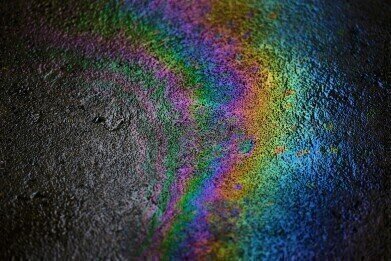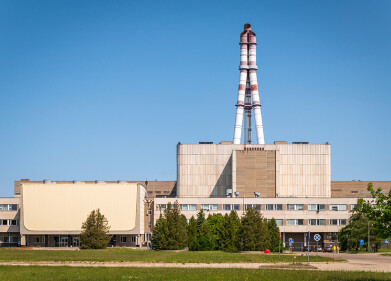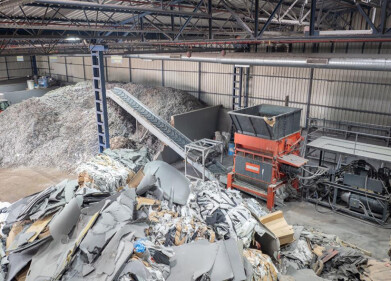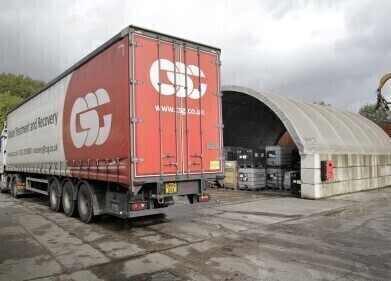Hazardous waste
4 Types of Hazardous Spills
Dec 14 2022
When hazardous substances are accidentally spilled, they can endanger the health of the people and animals exposed to them through physical contact, inhalation or ingestion. What’s more, they can also leach into the environment and cause further reaching damage to the wider ecosystem as well, potentially contaminating water, air and soil.
For that reason, it’s hugely important to recognise when a hazardous spill has taken place and put in action a plan to address the situation. While there is a wide range of different types of hazardous spills, we’ve narrowed it down to four broad categories, along with examples, to help you understand what constitutes a hazardous spill in the future.
Biological organisms and agents
If agents containing biological toxins are allowed to escape into the air as aerosolized materials or spill onto a floor or surface as solid or liquid agents, they must be addressed immediately. This encompasses everything from a poisonous gas to corrosive substances like acid to organic matter infected with a contagious toxin. In this scenario, all persons exposed to the substance must be isolated and decontaminated, while the area itself should be shut off until trained professionals can be summoned to deal with it in an appropriate manner.
Chemical spills
There are literally thousands of different chemicals in circulation today and more are being manufactured all the time, many of which can persist in the environment indefinitely and about which we know very little. On occasion, these can spill into the environment, usually during transportation or storage of the chemicals in question. For example, a train derailment in Mississippi several years ago resulted in the spillage of damaging substances and the affected area had to be isolated, remediation action had to be taken and a full environmental investigation had to be conducted.
Radiological waste
Nuclear power has proven to be a viable alternative to fossil fuels, since it produces virtually no harmful greenhouse gas emissions and has the potential to be theoretically infinite in supply. But while it does have many attractive environmental advantages, it also incurs the generation of radioactive waste, which must be handled and disposed of with extreme caution. That’s because exposure to radioactive waste can cause irreparable damage to the human body and even result in death. The abandoned nuclear plant in Chernobyl, Ukraine, is a testament to the dangers of nuclear energy when things go wrong.
Flammable or explosive substances
Certain chemicals and substances are highly combustible, meaning they can ignite if they are exposed to a naked flame, direct sunlight or even just the presence of specific gases. As such, these substances are highly hazardous and must be stored safely to avoid a fire or explosion taking place. Aside from the immediate danger to human health that an unplanned explosion obviously brings, a fire can also result in other types of hazardous spills, since biological agents can contaminate the air through the smoke produced by the blaze, too.
Events
Aug 24 2025 Stockholm, Sweden and online
Aug 27 2025 Busan, South Korea
Sep 02 2025 Mexico City, Mexico
Sep 02 2025 Mexico City, Mexico
Sep 09 2025 Moscow, Russia









.jpg)




